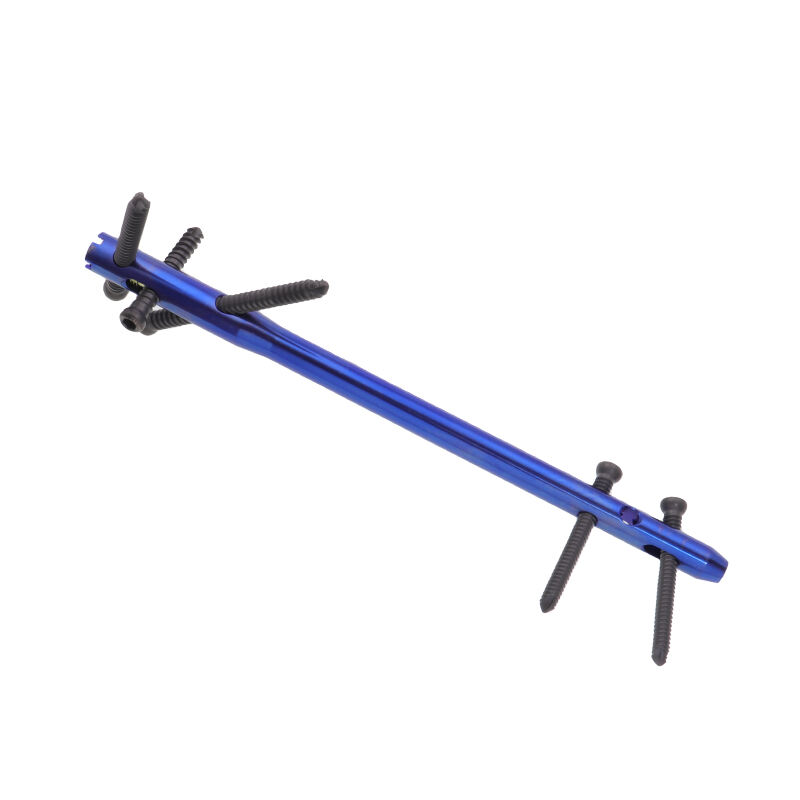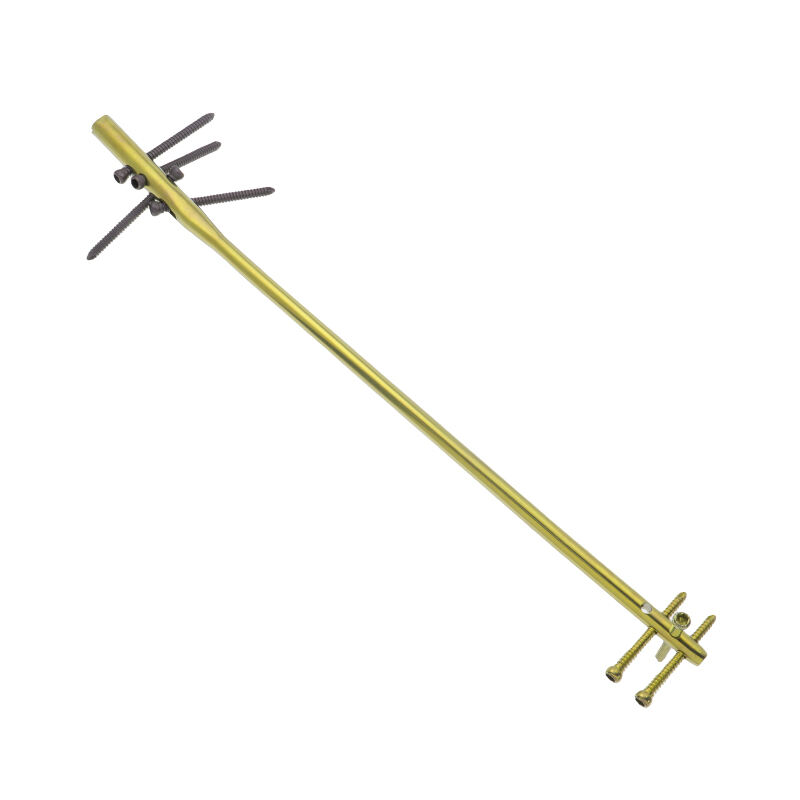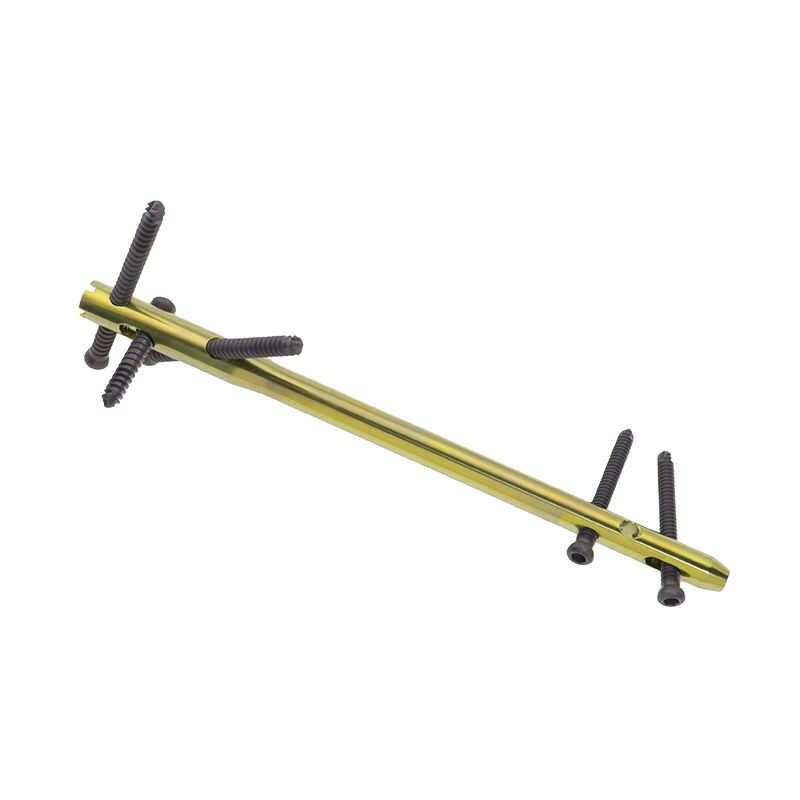intramedullary interlocking nail tibia
The intramedullary interlocking nail tibia is a sophisticated orthopedic implant designed for treating tibial fractures with superior stability and healing outcomes. This innovative surgical device consists of a metal rod inserted into the medullary cavity of the tibia, secured by interlocking screws at both proximal and distal ends. The nail's design incorporates advanced metallurgy, typically utilizing titanium alloy or surgical-grade stainless steel, ensuring both strength and biocompatibility. Its unique interlocking mechanism provides rotational stability and axial support, crucial for maintaining proper alignment during the healing process. The nail features precisely engineered screw holes that allow for multiple locking options, accommodating various fracture patterns and patient anatomies. Modern versions include anatomically contoured designs that match the natural bow of the tibia, reducing stress on the bone during healing. The device's hollow core facilitates insertion over a guide wire, ensuring accurate placement while minimizing soft tissue damage. This system has revolutionized the treatment of tibial shaft fractures by offering a minimally invasive approach that promotes faster recovery and reduces complications compared to traditional plating methods.


